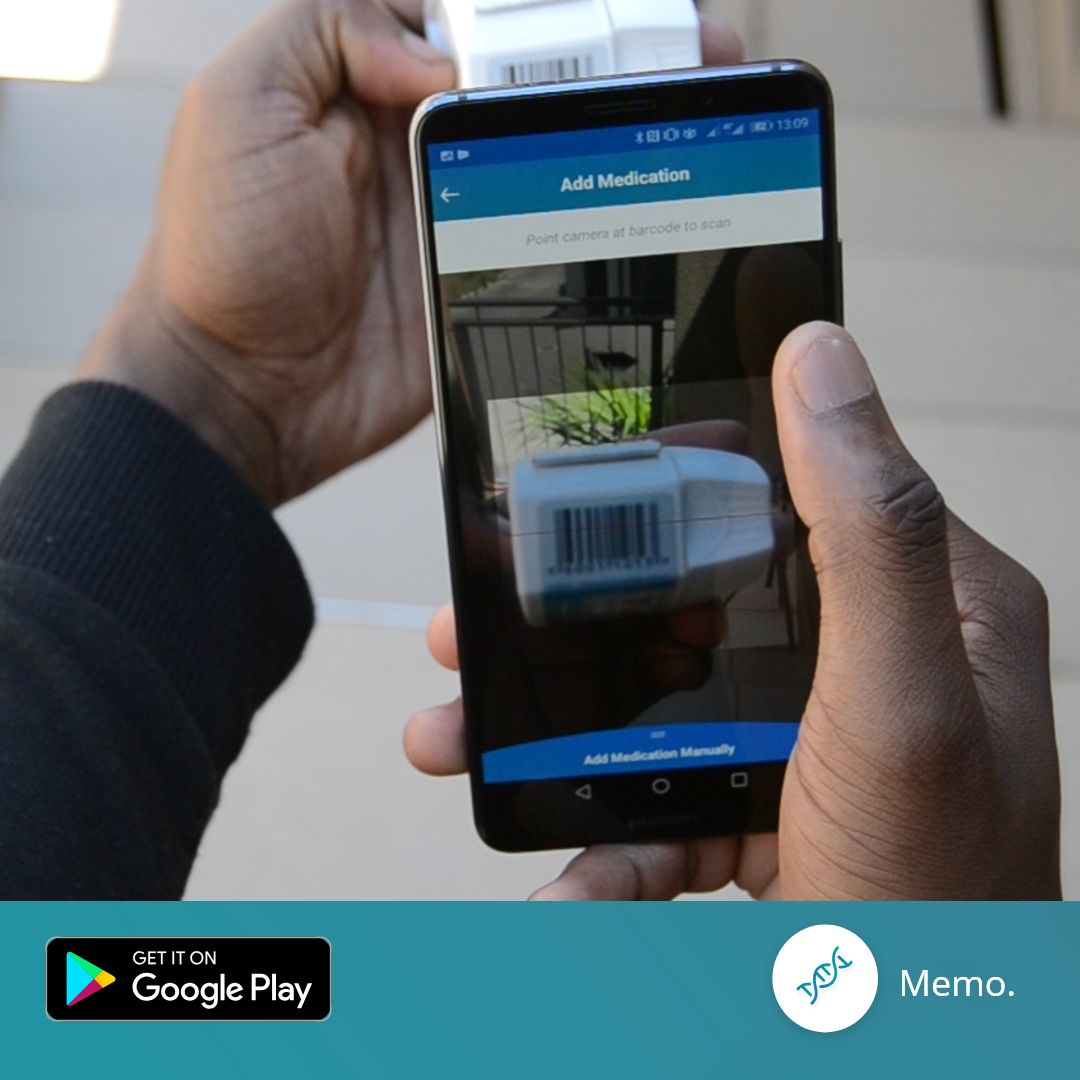Wearing expensive clothing is a statement in black communities. People get respected from wearing their favorite designer labels, to them it’s a symbol of wealth and power.
It’s the 1980’s in downtown New York, black people live to look good in the streets and gain respect based on how well they were dressed. The Lo-Life’s (prefix “LO” taken from the Polo Ralph Lauren brand) best exemplify this ideal.
These guys were gangsters and rappers living in the ghetto with a shared passion for collecting Ralph Lauren clothing. The brand became their second skin and if you wanted to be a Lo-Life, you had to wear it from head-to-toe.
Ralph Lauren ad campaigns sold the idea of a luxurious American lifestyle and cultural heritage. They did this for several decades through clothes inspired by western styles, county forestry and classic American sportswear as well as Native American prints and patterns. This made the Lo-lifes appreciate the brand more because they identified heavily with this.
Most of the Lo-lifes came from financially disadvantaged family backgrounds so they had to make means to buy clothes in order look fresh in the streets. While some saved their school allowance, others gambled, sold drugs and robbed other gangs and people as a way to be able to afford the lifestyle.
Wearing Ralph Lauren while walking through the streets and subways of New York all alone wasn’t safe. Gangs would literally take the clothes off your back and leave you naked if you wore it head-to-toe. This prompted the Lo-lifes to form gangs and move in groups. The police didn’t care much about retrieving stolen clothes, they were focused primarily on the more serious crimes of that time like drug-trafficking and heists.
Similar behaviour is being mirrored in some of today’s black South African communities. Izikhothane is a sub-culture that was started by youths in the townships of Johannesburg (mainly in the South and East Rand). Essentially, Skhothanes are collectives that wear brand name clothing.
Their style commonly involves mixing active sportswear with smart-casual Italian-style clothing.
Floral Morachini t-shirts, Nike or Kway caps, Nike or Adidas track pants and Carvela driving shoes or Arbiter loafers.
They gain respect from their peers by wearing these brands. For them it is a statement.
Just like the Lo-lifes, the Skhotanes have to make means to get clothes because their families can’t afford them.
The izikhothane style is unique to their particular sub-culture. Although the media perceives the sub-culture in a negative way – for their “reckless” spending – we should embrace this sub-culture for its uniqueness. Especially from a style point of view.
These sub-cultures inspired musicians to embrace getting dressed up and feel proud to show where they come from.
The Lo-lifes believe that they brought Polo by Ralph Lauren to the masses, not only in New York also LA, Chicago and even in Japan.
This later evolved into hip-hop artists such as Kanye West wearing pink Polo golf t-shirts and Polo bear jerseys with pride. In South Africa, musicians such as OkMalumKoolkat are inspired by these sub-cultures. He too wears Polo windbreakers, uses Skhothanes on his music video “Sebenza” and dresses like them, wearing floral Muracchini shirts to major events such as this year’s Durban July.
Both of the aforementioned sub-cultures depict “wealth” being able to wear all the brand names. As such, it is assumed that one has money – what they do or how they got it doesn’t matter.
Their loyalty to these brands comes from the fact that in their communities, the labels are associated with the idea of “wealth.”
For more fashion lifestyle stories follow me @Kungwanheay and check out my Instagram feed @Kabelokungwane





